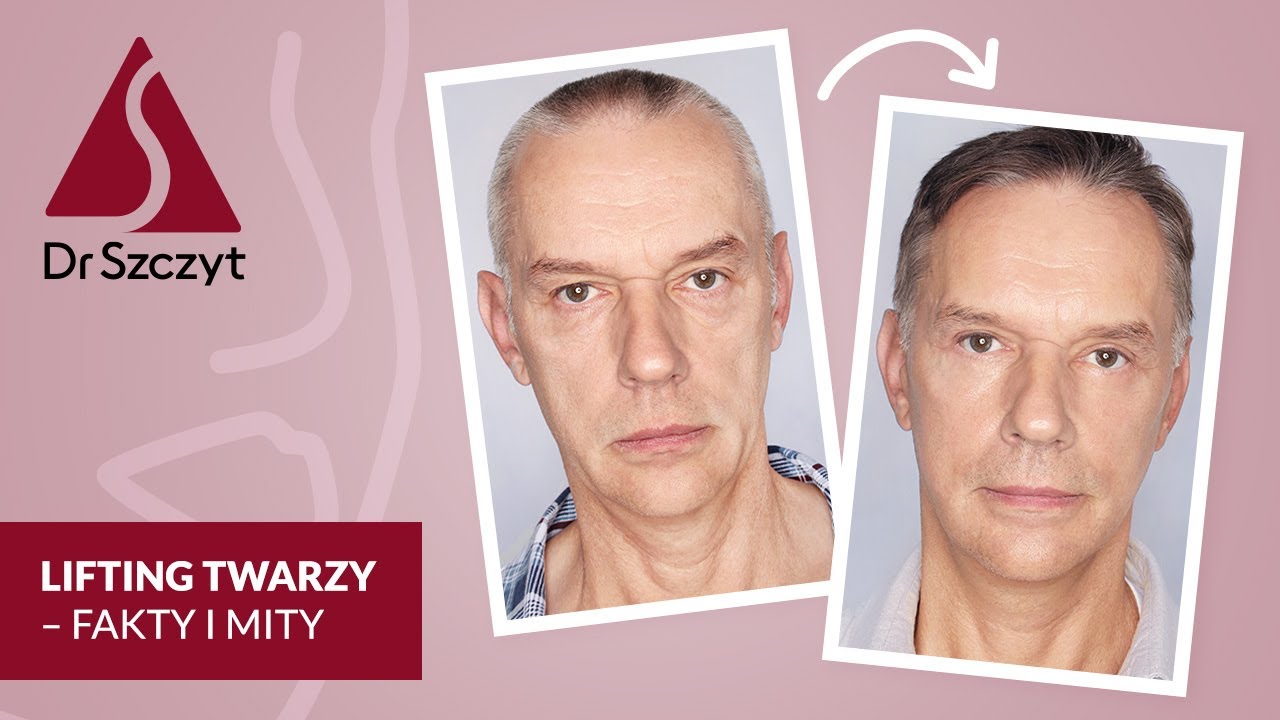
What is a forehead lift and how does the procedure work?
Forehead lift, also known as Brow Lift, involves lifting drooping brows and smoothing out wrinkles. The procedure can be performed using a traditional surgical method with an incision along the hairline, or using an endoscopic technique, which is less invasive. During the procedure, the surgeon removes excess skin, tightens the muscles and subcutaneous tissues, and then shapes the eyebrows to the desired shape. The operation usually takes 1.5 to 2 hours and can be performed under local or general anesthesia.
How to prepare for the procedure?
The first step involves a discussion of your expectations, a health assessment, and a determination of your eligibility for the procedure by the surgeon, followed by the performance of recommended diagnostic tests.
A minimum of one week before the procedure, it is recommended to limit or stop alcohol consumption and smoking. You should also discontinue medications that interfere with blood clotting for at least a dozen days before the procedure, after consulting with your doctor.
Recovery after forehead lift
The recovery period after a forehead lift varies depending on the method used - traditional or endoscopic. With the classic technique, the healing time is usually about 2-3 weeks, while after an endoscopic procedure, patients can often return to daily activities after just 7-10 days. The first days after surgery are associated with swelling, bruising and a feeling of tension in the forehead and brow area, but these symptoms gradually subside.
During recovery, you should avoid intense physical activity for at least two weeks to prevent unnecessary strain on the operated area. It is recommended to sleep with your head elevated to help reduce swelling, and to apply cool compresses, which effectively relieve bruising and discomfort. If recommended by your doctor, it may also be necessary to wear a compression bandage to speed up the healing process. The full effects of a forehead lift are visible after about 2-3 months, when all regenerative processes are complete.
Contraindications to forehead lift
A forehead lift, like any surgical procedure, has certain contraindications that may make it impossible to perform. The most important of these include uncontrolled high blood pressure, which increases the risk of complications during surgery, as well as heart and circulatory system diseases, which may pose a threat to the patient during anesthesia. Significant contraindications also include blood clotting disorders, which can lead to excessive bleeding both during and after the procedure.
Autoimmune diseases, such as lupus or scleroderma, can also negatively affect the healing process, so the procedure is not recommended in such patients. An additional contraindication is active skin infections in the area of the planned facelift. In the case of pregnancy and lactation period, surgical operations, including forehead lift, are ruled out due to the potential risk to mother and child.
Important information
Duration of treatment
ca. 3 hours
Required tests
blood group, blood count, coagulation indices (APTT and INR), creatinine, glucose level, electrolytes (Na, K), general urine test, hepatitis B vaccination, ECG
Anesthesia
intravenous or general
Stay at the clinic
1 day
Recovery
up to 14 days
Removal of sutures
first on day 5, next on day 10-14
Dressings
when the sutures are removed
Contraindications
Vascular diathesis, coagulation disorders, unregulated hypertension, unregulated diabetes, purulent infection of the skin and mucous membranes, pregnancy
Pre-treatment recommendations
Price list
Type of treatment
Price from
Price to
Forehead Lift
20 000 PLN
26 000 PLN




















